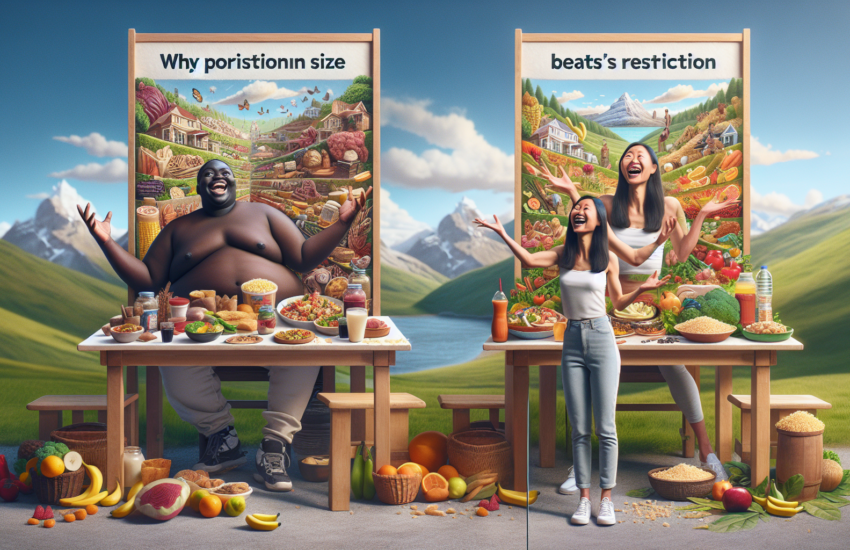My Take on Superfoods: Hype or Help?
What Are Superfoods?
When we talk about superfoods, we’re referring to foods that are supposedly packed with nutrients and health benefits beyond the ordinary. Think of items like blueberries, kale, quinoa, and acai berries. These foods have been hailed as nutritional powerhouses, promising everything from improved heart health to anti-aging properties. But are they really worth the hype, or is it just clever marketing?
My Personal Experiment with Superfoods
I decided to put some of these superfoods to the test. For 30 days, I incorporated a variety of them into my diet, tracking any changes in my health and well-being. I started with a daily smoothie featuring blueberries, spinach, and chia seeds. I also swapped out my usual rice for quinoa and made a point to snack on nuts and seeds throughout the day.
What I noticed was interesting. I felt more energetic and noticed my skin looked clearer. But was it the superfoods, or just the overall increase in nutrient-dense foods? It’s hard to pinpoint the exact cause, but I felt better overall.
The Science Behind Superfoods
While personal anecdotes are compelling, it’s crucial to look at the scientific evidence. A recent study from the National Institutes of Health highlights the benefits of certain superfoods. For instance, blueberries have been shown to improve cognitive function in older adults due to their high antioxidant content Research on Blueberries and Cognitive Function. Similarly, kale, rich in vitamins and minerals, supports heart health and may reduce the risk of chronic diseases Research on Kale and Heart Health.
However, not all superfoods live up to their claims. The acai berry, for example, is often touted for its weight loss benefits, but research shows that its effects are minimal when not combined with a balanced diet and exercise Research on Acai Berry and Weight Loss.
The Marketing Machine
The term “superfood” itself is not a scientific classification but a marketing term. Companies use it to sell products at a premium, often exaggerating the benefits. It’s easy to get caught up in the hype, especially when celebrities and influencers endorse these foods. But it’s important to approach these claims with a healthy dose of skepticism.
Balancing Hype and Help
So, where does that leave us? Superfoods can indeed be beneficial, but they are not magical solutions to health problems. They should be part of a balanced diet that includes a variety of nutrients. Instead of focusing solely on superfoods, consider a holistic approach to nutrition.
For example, I found that integrating superfoods into my diet was helpful, but it was the overall shift towards more whole foods and less processed junk that made the biggest difference. Eating a rainbow of fruits and vegetables, along with whole grains, lean proteins, and healthy fats, provided a more comprehensive nutritional profile than any single superfood could offer.
Practical Tips for Incorporating Superfoods
If you’re interested in trying superfoods, here are some practical tips to get started:
| Superfood | How to Use |
| Blueberries | Add to smoothies, oatmeal, or yogurt for a burst of antioxidants. |
| Kale | Use in salads, smoothies, or sautéed as a side dish for a nutrient boost. |
| Quinoa | Substitute for rice or pasta in meals for a high-protein, gluten-free option. |
| Chia Seeds | Sprinkle on cereals, blend into smoothies, or make chia pudding for omega-3s. |
Remember, the key is moderation and variety. Don’t rely solely on superfoods but see them as part of a broader, balanced diet.
My take on superfoods? They’re helpful, but the hype can be misleading. By understanding their benefits and limitations, we can make informed choices about our diet and health. Whether you’re looking to boost your energy, improve your skin, or just feel better overall, a diverse and nutrient-rich diet is the way to go.


